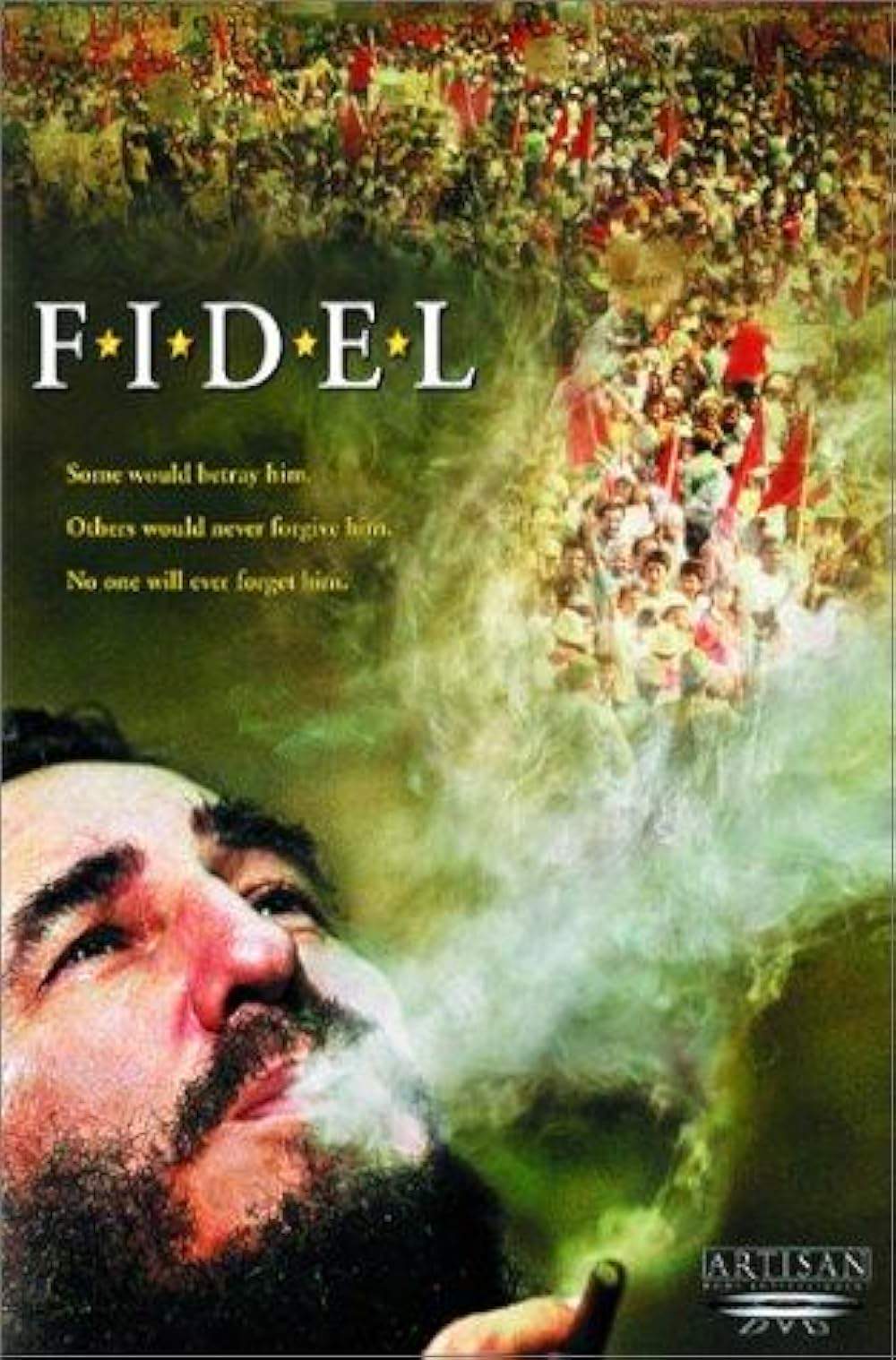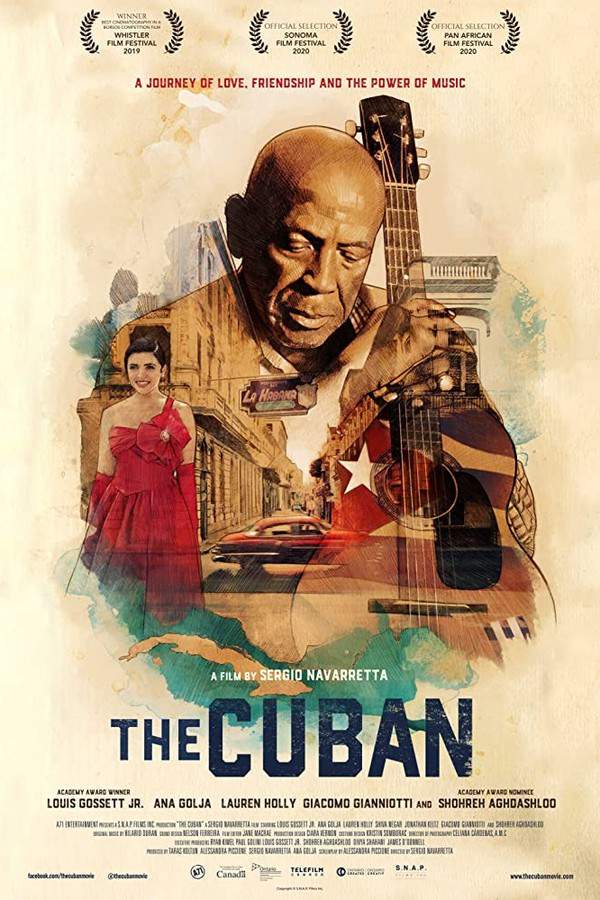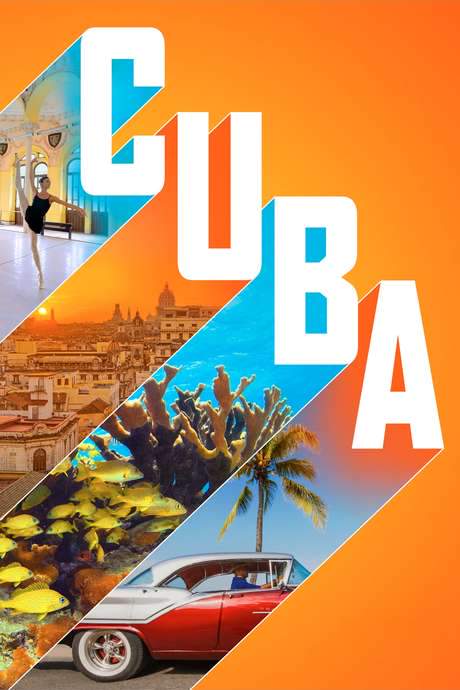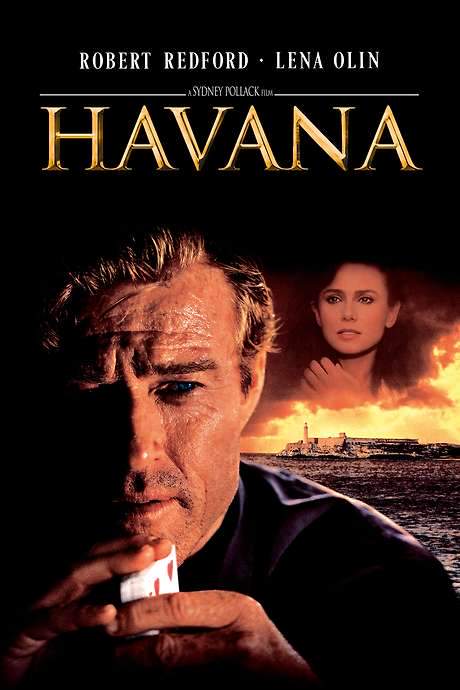
I Am Cuba
Year: 1964
Runtime: 141 mins
Language: Spanish
Director: Mikhail Kalatozov
Four vignettes show Cubans in the pre‑revolutionary era. In Havana, María is embarrassed when a lover learns how she earns a living. In the countryside, farmer Pedro discovers his land is being sold to an American firm. A student watches friends beaten by police while handing out Fidel‑supporting leaflets. Finally, a peasant family is threatened by Batista’s army.
Warning: spoilers below!
Haven’t seen I Am Cuba yet? This summary contains major spoilers. Bookmark the page, watch the movie, and come back for the full breakdown. If you're ready, scroll on and relive the story!
I Am Cuba (1964) – Full Plot Summary & Ending Explained
Read the complete plot breakdown of I Am Cuba (1964), including all key story events, major twists, and the ending explained in detail. Discover what really happened—and what it all means.
The film unfolds as four distinct, tightly drawn vignettes that chronicle the suffering and resilience of the Cuban people, moving from intimate personal hardship to a broader, revolutionary energy. Between each segment, a female narrator this film credits as The Voice of Cuba offers reflective, sometimes stark commentary like, “I am Cuba, the Cuba of the casinos, but also of the people.” The result is a mosaic that feels at once intimate and expansive, anchored by human faces and whispered or shouted moments that linger.
First story: Maria’s double life
In this section we follow Maria, a woman living in a Havana shantytown who dreams of a simple life with her fruit-seller partner René. Yet she leads a painful, hidden double existence as “Betty,” a bar girl who serves wealthy American patrons at one of the city’s glamorous casinos. The tension between poverty and spectacle is starkly drawn as Maria invites a client to her own cramped home, where she reluctantly strips for him. The morning after, he returns only a few dollars and, most crushingly, takes back her most cherished possession—the crucifix necklace. When René discovers the scene, the American’s departure with a callous “Goodbye, Betty!” underscores the gulf between profit and humanity, leaving the viewer with a haunting image of squalor meeting wealth and indifference. This segment lays bare the personal costs of a city pulled between two worlds—one glittering and one grindingly poor.
Second story: Fire on the land
The next tale centers on Pedro, a farmer who has just harvested his best sugar crop. His moment of apparent success is interrupted when a landlord arrives to deliver devastating news: United Fruit has bought the land, and Pedro and his family must leave. In a stark, almost ritual exchange, the landlord declares, “You raised them on my land. I’ll let you keep the sweat you put into growing them, but that is all.” Faced with dispossession and uncertainty, Pedro tells his children that all will be fine, but he cannot bear to watch their future fade. After a final, painful gesture, he sets the crops and their dwelling ablaze and then dies from the smoke, a tragic act that speaks to the brutal forces tearing families and fields apart in a system of ownership and exploitation.
Third story: A campus revolt
The third narrative follows Enrique and a ring of rebellious students at Havana University. Frustrated with incremental action, Enrique contemplates a drastic step: an assassination attempt on the police chief. The plan is interrupted by the human reality of the target—the chief is surrounded by his young children—causing Enrique to withdraw rather than pull the trigger. While this tension unfolds, the revolutionaries attempt to distribute flyers, only to be compromised by police infiltration. A fellow revolutionary is shot as he tosses flyers into the crowd, and later, during a protest that escalates into a riot, Enrique is wounded and carried away as a martyr to the cause. The segment is noted for one of the film’s most famous long takes, which lingers on the crowd and the charged atmosphere surrounding the university.
Fourth story: Mariano’s awakening
In the final arc, we meet [Mariano], a weary farmer who initially rejects the plea of a revolutionary soldier to join the struggle. The soldier appeals to his dream of a better life for his children, but Mariano asks only for peace. The world interrupts his quiet longing when government planes begin bombing the region, destroying his home and killing his son. The tragedy, however, spurs a transformation: Mariano ultimately joins the rebels in the Sierra Maestra, where his perseverance helps drive a climactic march into Havana to proclaim the revolution. The sequence underscores how personal loss can become collective action, pushing ordinary people toward extraordinary decisions.
The film, through these four interwoven stories, presents a portrait of a society at once intimate and grand, where individual choices ripple outward to take part in a larger historical movement. The stark contrasts—between wealth and poverty, dream and destruction, fear and courage—are rendered with a patient, observant eye that invites both sympathy and reflection. The threads connect through the shared human themes of aspiration, disenfranchisement, political awakening, and the enduring quest for a life lived with dignity.
Last Updated: October 09, 2025 at 12:34
Unlock the Full Story of I Am Cuba
Don't stop at just watching — explore I Am Cuba in full detail. From the complete plot summary and scene-by-scene timeline to character breakdowns, thematic analysis, and a deep dive into the ending — every page helps you truly understand what I Am Cuba is all about. Plus, discover what's next after the movie.
I Am Cuba Timeline
Track the full timeline of I Am Cuba with every major event arranged chronologically. Perfect for decoding non-linear storytelling, flashbacks, or parallel narratives with a clear scene-by-scene breakdown.

Similar Movies to I Am Cuba
Discover movies like I Am Cuba that share similar genres, themes, and storytelling elements. Whether you’re drawn to the atmosphere, character arcs, or plot structure, these curated recommendations will help you explore more films you’ll love.
Explore More About Movie I Am Cuba
I Am Cuba (1964) Scene-by-Scene Movie Timeline
I Am Cuba (1964) Movie Characters, Themes & Settings
I Am Cuba (1964) Spoiler-Free Summary & Key Flow
Movies Like I Am Cuba – Similar Titles You’ll Enjoy
Cuba (1979) Detailed Story Recap
Fidel (2002) Complete Plot Breakdown
The Cuban (2020) Complete Plot Breakdown
Cuba and the Cameraman (2017) Full Movie Breakdown
Barrio Cuba (2001) Spoiler-Packed Plot Recap
Cuba (2019) Complete Plot Breakdown
The Cuban (2019) Complete Plot Breakdown
Habana Blues (2005) Film Overview & Timeline
Cuba Crossing (1980) Story Summary & Characters
Havana (1990) Story Summary & Characters
Havana (1990) Spoiler-Packed Plot Recap
Guantanamera (1995) Plot Summary & Ending Explained
I Am a Son of America (1972) Spoiler-Packed Plot Recap
Things I Left in Havana (1998) Detailed Story Recap
Cuba Libre (1996) Complete Plot Breakdown

















